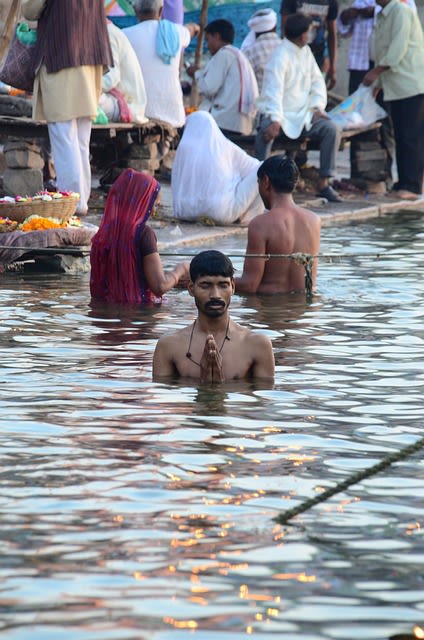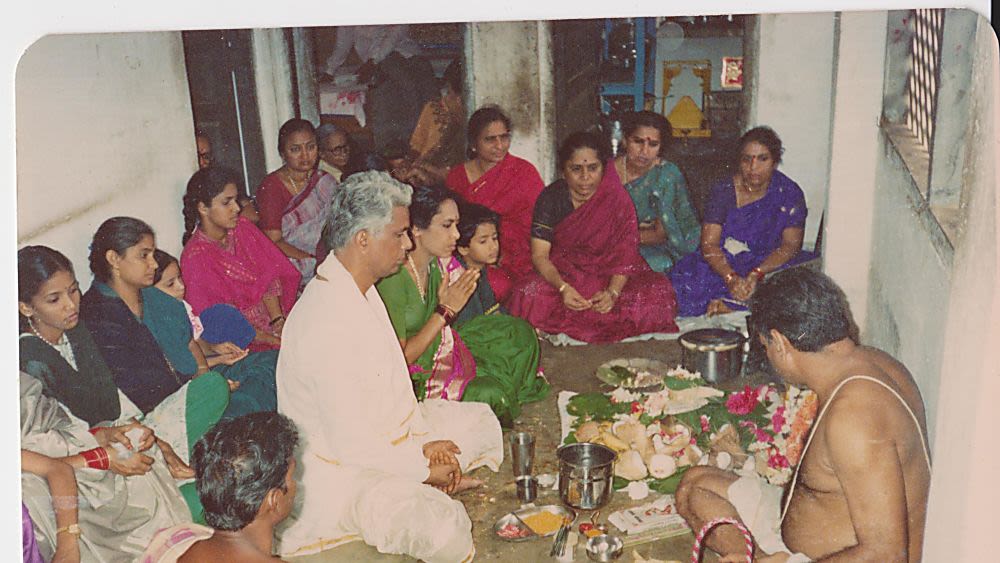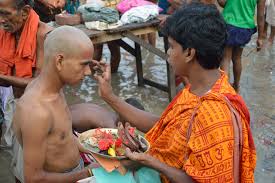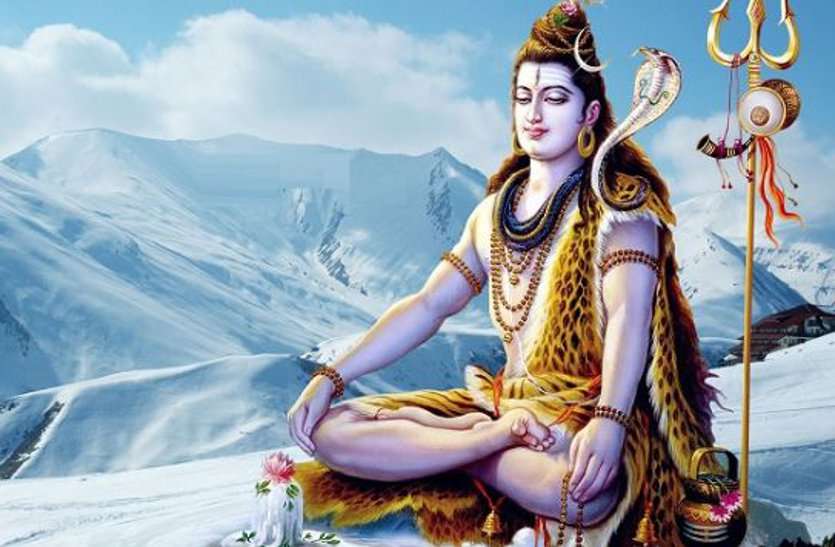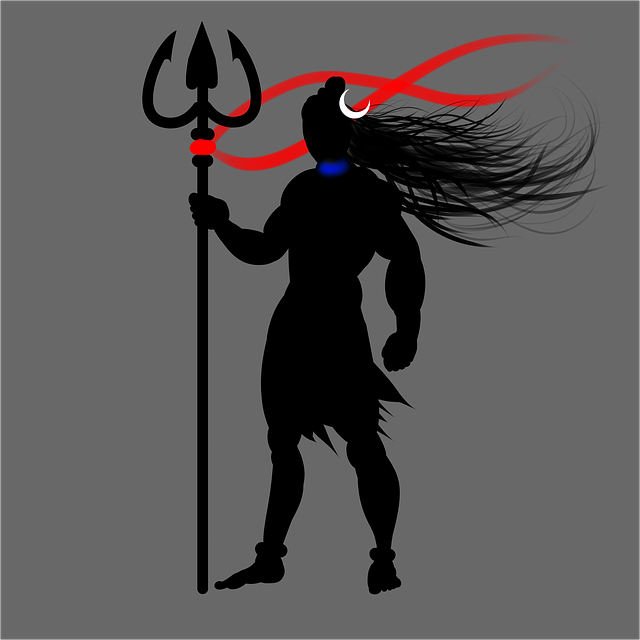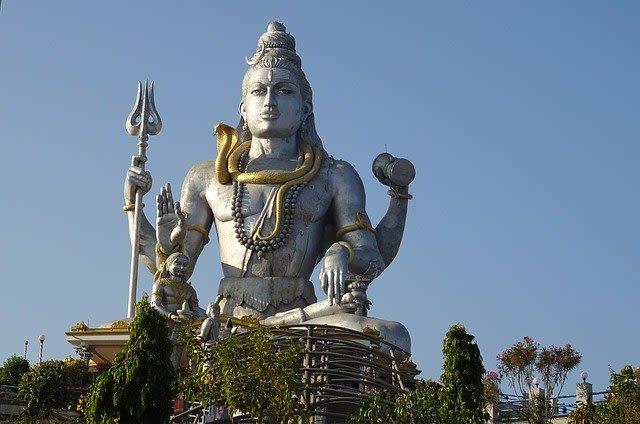It is again that time of the year when the season of festivals start and the entire country seems to be draped in the magnificent tapestry of customs, traditions, festivities, vibrant colors etc. With Ganesh Chaturthi being just round the corner, there is this excitement and fervor to welcome Lord Ganesha in one’s home and cities especially in states such as Maharashtra, Gujarat, Goa, Karnataka, Andhra Pradesh, Telangana and Tamil Nadu. Ganesh Chaturthi or even known as Vinayak Chaturthi is one of the prominent festivals, which is typically celebrated between August 20 and September 15. Lord’s Ganesha’s birthday is celebrated during this 10-day festival as he is regarded as the lord of new beginnings, prosperity and one who removes obstacles.
Lord Ganesh’s Birth
Lord Ganesh is the son of Lord Shiva and Parvati and it is believed that Parvati made Ganesh from the turmeric paste that was collected from her body and thereby gave birth to this little baby and set him to guard her door while she finished having a bath. Lord Shiva had gone out and when he returned, Ganesha stopped him from entering as he did not know him. Shiva got angry and severed the head of the child with his trishool. Parvati got extremely angry and then Shiva promised her that he will make the child alive again. To ensure Parvati was completely pacified, the devas when in search of a head, however, they could only find an elephant’s head and therefore Shiva fixed it on the body of the boy to bring him back to life. Lord Shiva also put him in charge of his army and named him Ganesh or Ganapati. Since Lord Ganesha got his life in the month of Baadrapada, therefore this festival is celebrated during this month.
According to another legend, Shiva and Parvati created Ganesh on the request of the devas to defend against rakshasas (demons) and therefore Lord Ganesh is called obstacle averter.
Rituals
There are four main rituals or rather customs observed during the festival which includes Pranapratishhtha, Shhodashopachara, Uttarpuja and Visarjan. The first puja is the process of infusing the deity into an idol while the second puja pays tribute to Ganesh in 16 different ways. The third puja is about shifting the idol and the fourth one is immersion of the idol in the river.
Symbolism of Godhead
Lord Ganesha is not only revered but is immensely loved by many. The elephant head epitomizes wisdom and insight while the huge ears ensures that he listens to even the smallest prayer and his hands signify bondage and liberation.

